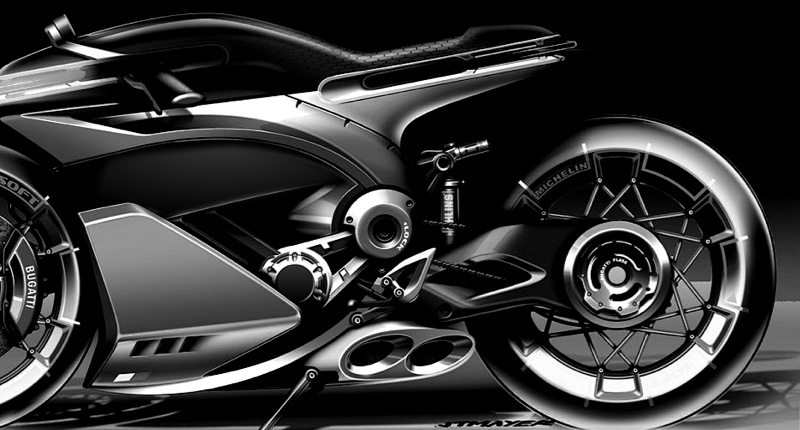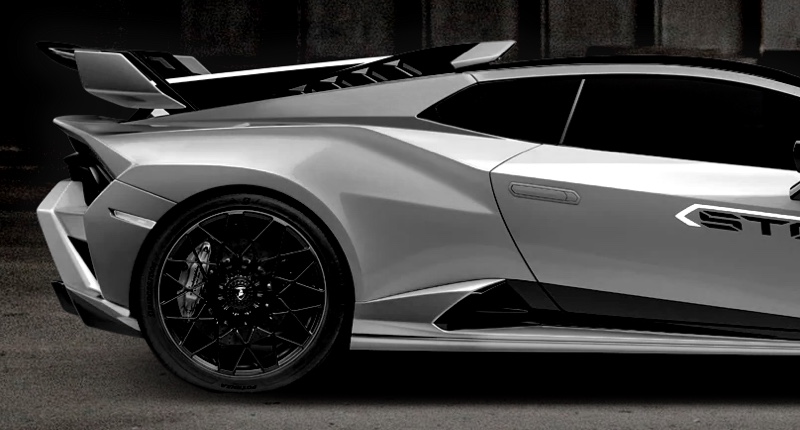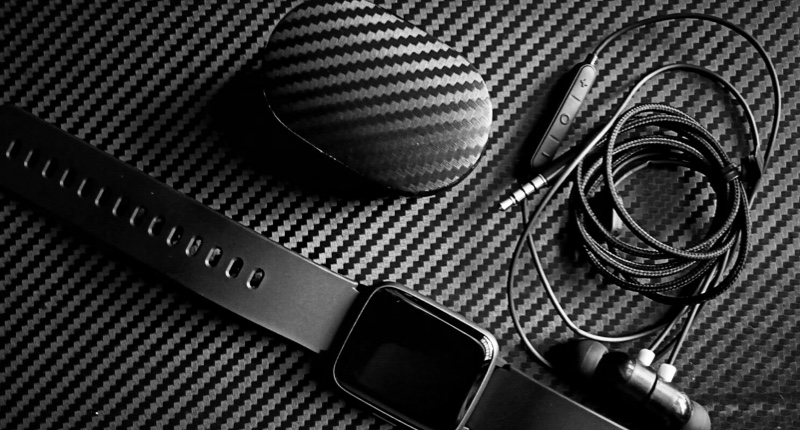Discuss of the common carbon fiber product production processes and the application.
Discover the innovative production processes of carbon fiber products with Supreem Carbon. Uncover how cutting-edge techniques transform raw materials into versatile applications, from aerospace to sporting goods. Explore the intricacies of the carbon fiber process and its wide-ranging applications. Empower your projects with Supreem Carbon's expertise in delivering high-performance, sustainable solutions tailored to your needs.
Carbon fiber products are produced using a variety of manufacturing processes, each suited to different applications, product shapes, and performance requirements. Here are some common carbon fiber production processes:
1. Hand Lay-Up Process
· Description: The hand lay-up process involves manually placing carbon fiber layers (also called “plies”) into a mold and applying resin by hand.
· Uses: This method is popular for custom or low-volume products, such as car parts, panels, and certain sporting goods.
· Advantages: Simple setup, lower cost, good for large or complex shapes.
· Disadvantages: Labor-intensive, lower consistency, and quality compared to automated methods.
2. Resin Transfer Molding (RTM)
· Description: RTM uses a closed mold to shape the carbon fiber while injecting resin under pressure. The fibers are pre-laid into the mold, and resin fills the mold cavity to saturate the fibers.
· Uses: Suitable for automotive parts, aerospace components, and sporting goods.
· Advantages: Better fiber consistency, faster than hand lay-up, repeatable.
· Disadvantages: Higher mold costs, requires careful resin control.
3. Prepreg Lay-Up
· Description: Prepreg lay-up uses carbon fiber that has been pre-impregnated with resin, allowing for precise control of fiber and resin content. Layers are arranged in a mold and then cured under heat and pressure.
· Uses: Commonly used in aerospace and high-performance automotive parts.
· Advantages: Precise, high-quality, strong, and lightweight parts.
· Disadvantages: High cost, requires an autoclave for curing.
4. Filament Winding
· Description: In this process, continuous carbon fiber strands are soaked in resin and wound around a rotating mandrel in a set pattern. The shape is then cured to form a solid part.
· Uses: Often used for cylindrical shapes like tubes, poles, and pressure vessels.
· Advantages: Strong and lightweight for hollow structures, efficient.
· Disadvantages: Limited to cylindrical or symmetrical shapes.
5. Compression Molding
· Description: Carbon fiber is placed into a mold, which is then compressed under high heat and pressure to form the desired shape. The compression molds the fibers and resin into a solid structure.
· Uses: Ideal for high-volume production, such as automotive components.
· Advantages: Fast, consistent, and suitable for high-volume manufacturing.
· Disadvantages: High mold costs, limited to parts that can withstand high pressure.
6. Pultrusion
· Description: Pultrusion pulls carbon fiber rovings through a resin bath and then into a heated die to cure. It’s suitable for creating continuous lengths of consistent cross-sections.
· Uses: Produces beams, rods, tubes, and other long, straight profiles.
· Advantages: High strength, efficient, and cost-effective for long profiles.
· Disadvantages: Limited to simple, straight shapes.
7. 3D Printing (Additive Manufacturing)
· Description: This emerging process involves using carbon fiber-reinforced filaments or resins in 3D printers. The fibers are either chopped or continuous.
· Uses: Suitable for prototyping or small-scale production, complex geometries.
· Advantages: Great for custom shapes, rapid prototyping, lower material waste.
· Disadvantages: Currently limited in strength and scalability for certain applications.
Conclusion
Each production process has specific advantages, making carbon fiber versatile across industries. Hand lay-up and filament winding work well for custom or cylindrical shapes, while processes like RTM and compression molding are ideal for high-volume production. The choice of method often depends on the product's performance requirements, shape, and cost considerations.
Supreem carbon Auto part new arrivals!
Supreem Carbon New arrivals alert!
Great News!!! Ducati V4 SP new arrivals released.
Is carbon fiber good for cars?
Xiaomi SU7 Aerodynamic Carbon Fiber Body Kits Released by Supreem Carbon.
Asia's Top Carbon Fiber Motorcycle Accessory Brand
For Facotry
Supreem carbon main competitive advantages.
Rich experience
Over 10 years production experience in carbon fiber industry, providing customers with high quality carbon products.
Excellent service
From new project development to customer finished product delivery, we provide customers with full tracking and timely feedback on project progress.
High-Quality Products
Our carbon fiber products undergo rigorous quality control to ensure customers achieve the high quality and cost-effective product.
Can I visit your company?
Of course, we are in QiaoTou Town, Dongguan City, Guangdong Province, China.
For After-sales Service
How can I cancel the order?
We may only cancel your order if it has not been fulfilled yet. We would be more than happy to assist you with any adjustments if you'd wish instead!
For Customized Service
How long does the customized products order take?
This depends on the complexity and mold production cycle of the product. The first sample will be ready in 2-3 weeks after mold finished.
For Order Delivery
How to choose the mode of transportation?
We use official shipment like Fedex,UPS,DHL and so on. Also customer can arrange delivery by themselves.
Chevrolet Corvette C8 Carbon Fiber Bumper Trim Custom
Chevrolet Corvette C8 Carbon Fiber Engine Cover Replacement
Kawasaki ZX10R Carbon Fiber Rear Tail Panel
Yamaha R1 Carbon Fiber Airbox Tank Cover
Introducing the Supreem Carbon Fiber Airbox Tank Cover for Yamaha R1. Crafted with precision and expertise, this tank cover is designed to elevate the performance and aesthetics of your R1. Made from high-quality carbon fiber, this tank cover is not only lightweight but also incredibly durable, providing optimal protection for your motorcycle.
Leave a message
Have a question or inquiry about our carbon fiber composite products? Leave us a message here and our team will get back to you promptly.
Whether you're interested in custom orders, technical specifications, or partnership opportunities, we're here to assist you.
Please fill out the fields above with your name, email address, and message.
© 2024 Supreem Carbon All Rights Reserved. Designed by gooeyun















Facebook
Pinterest
LinkedIn
Instagram